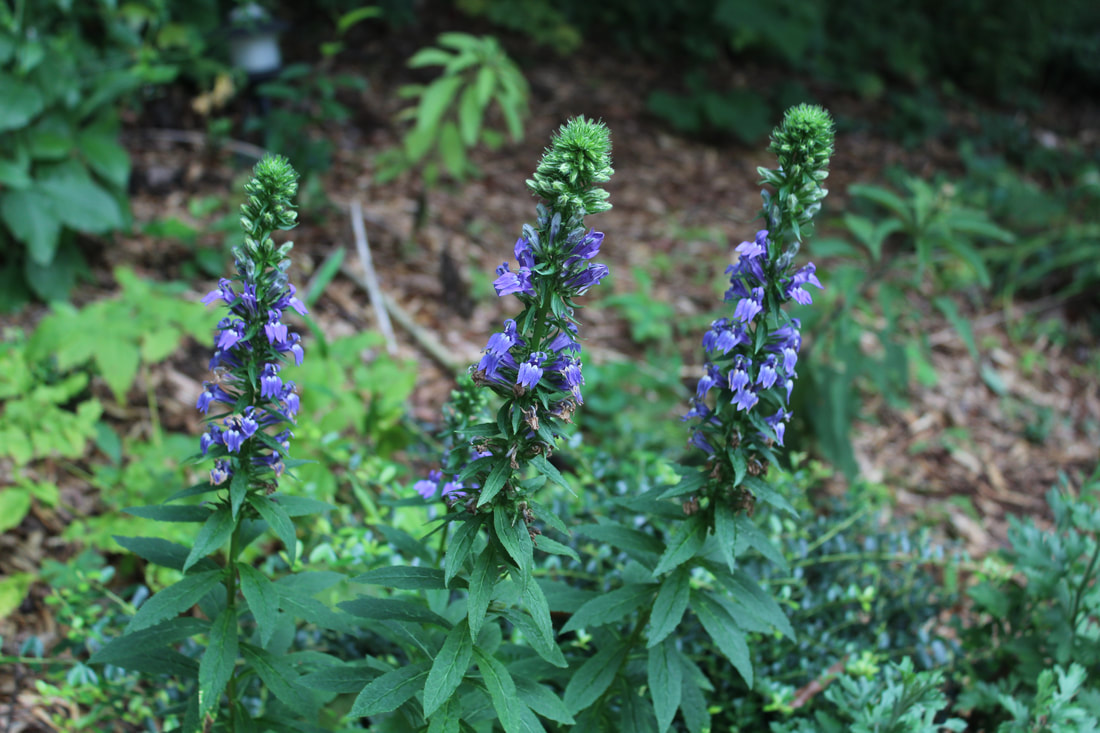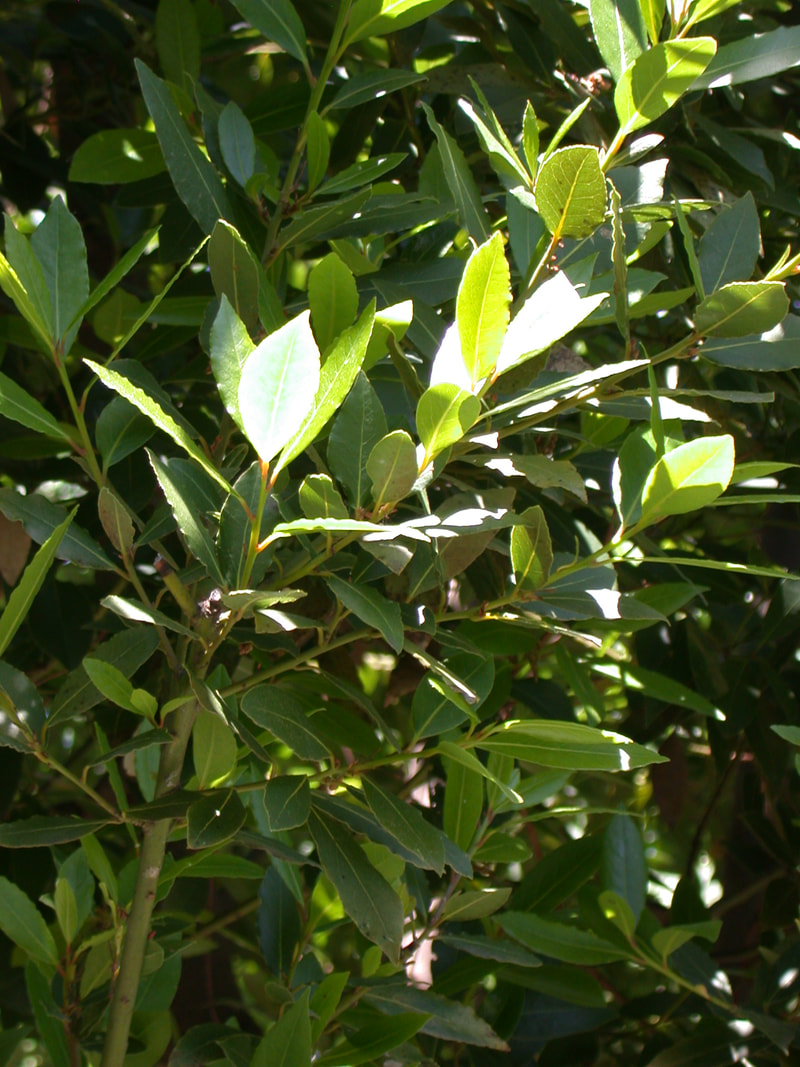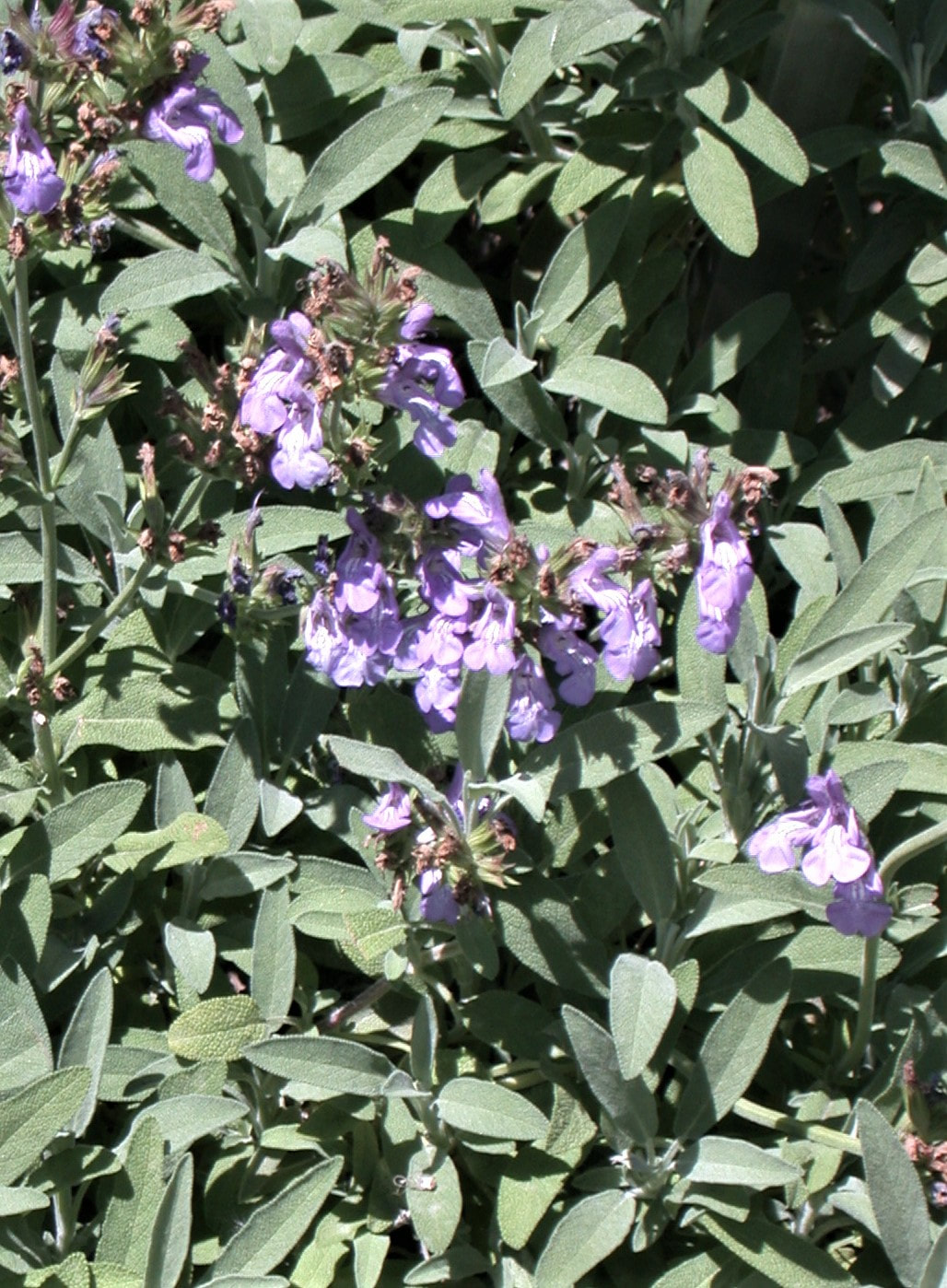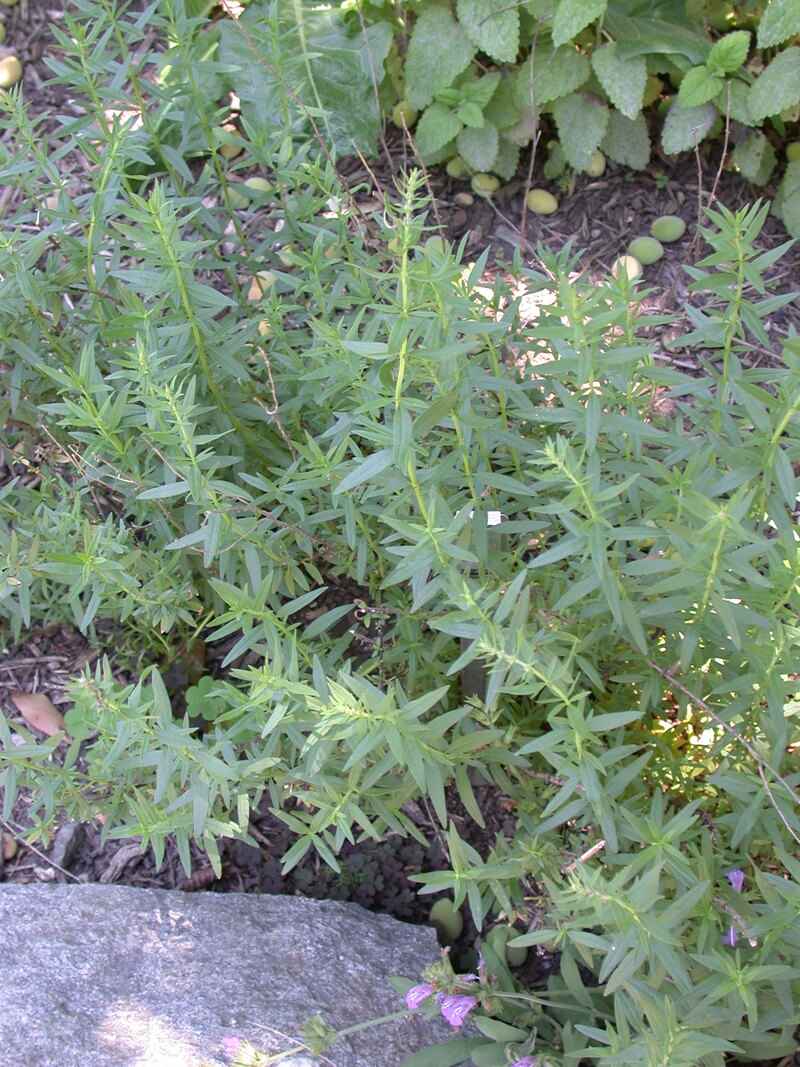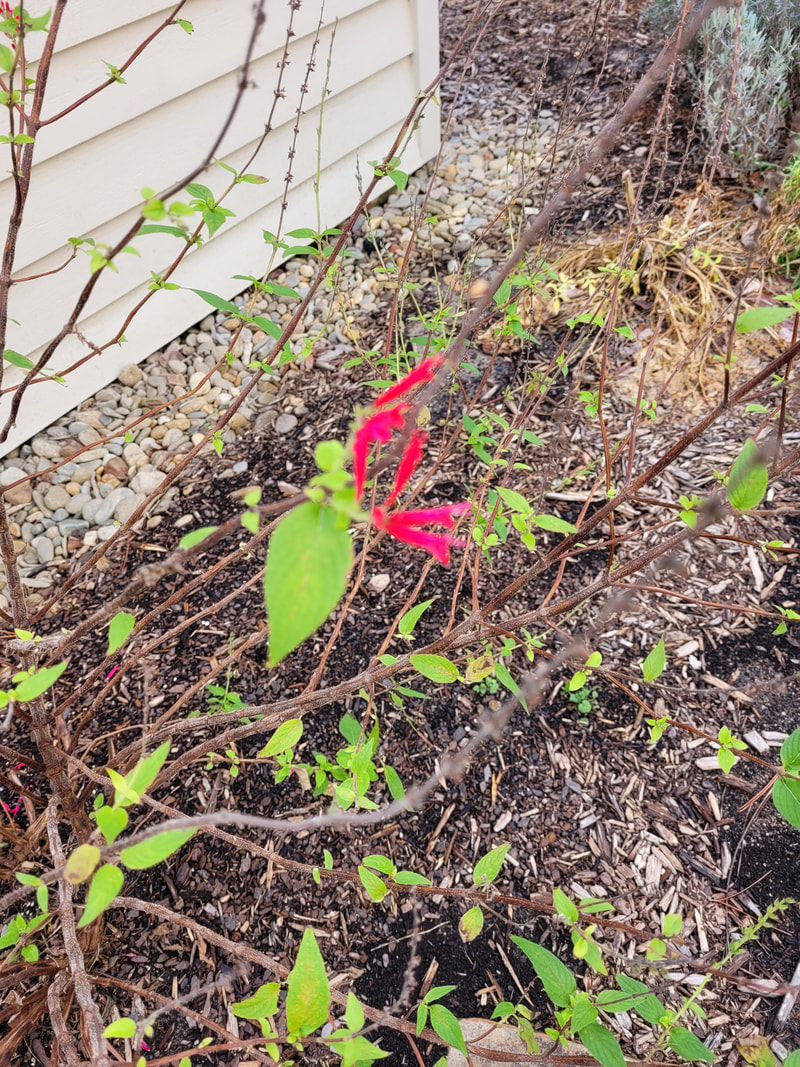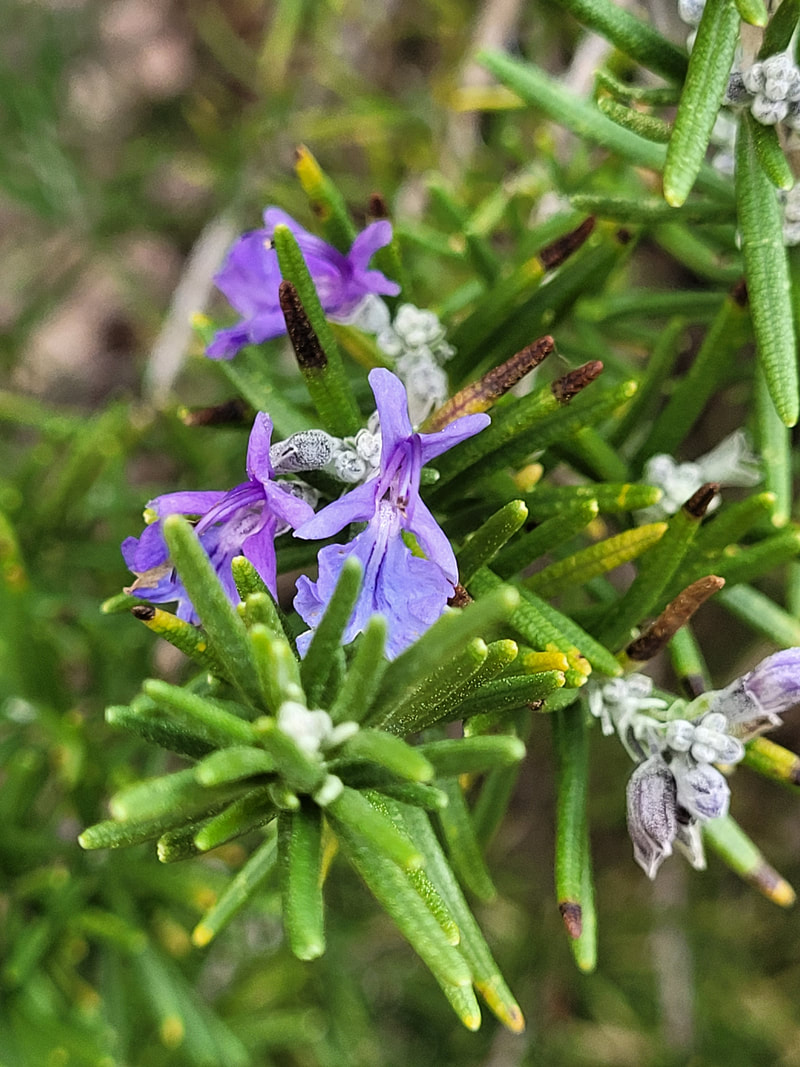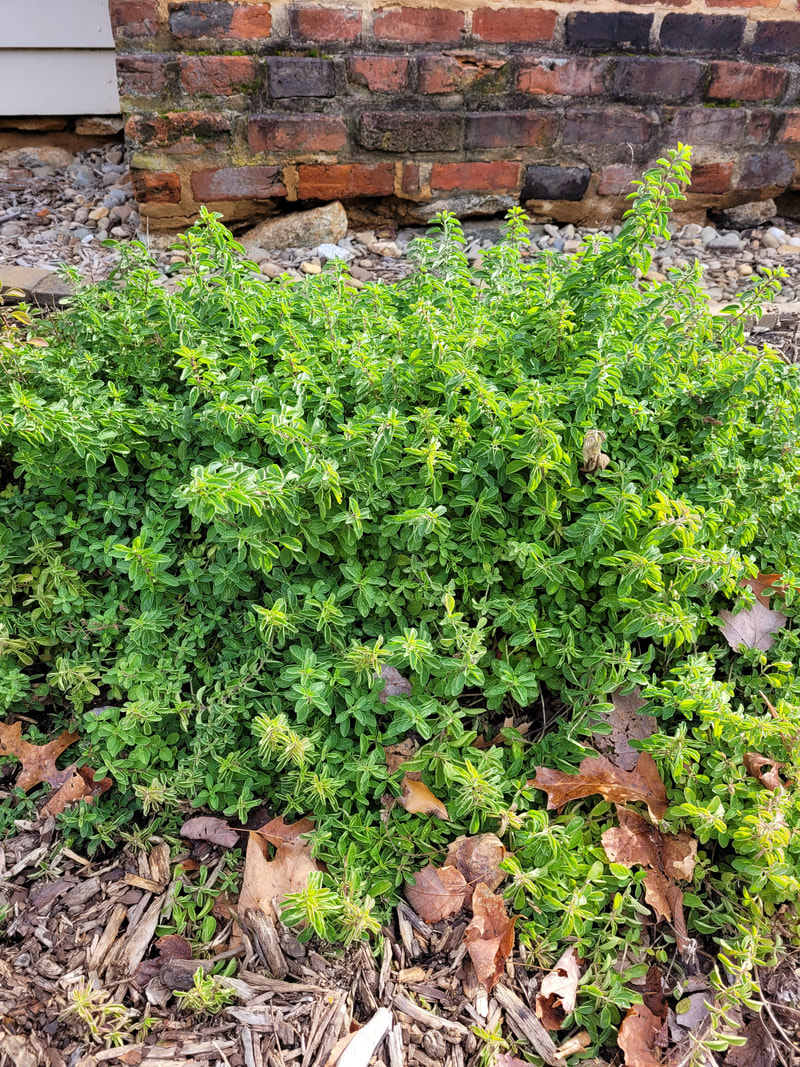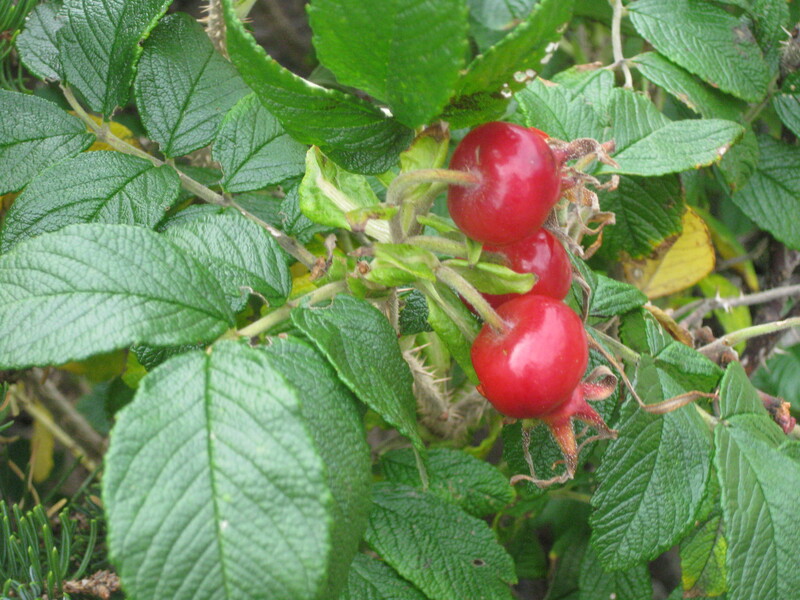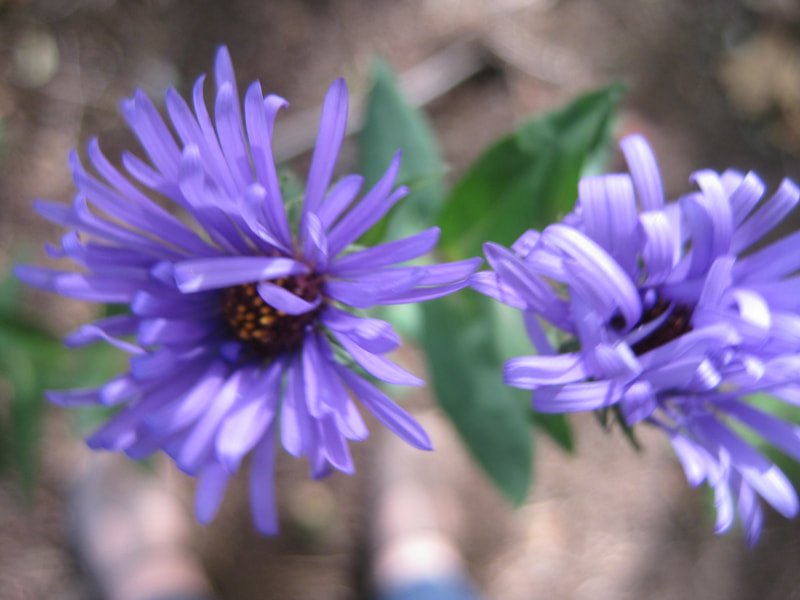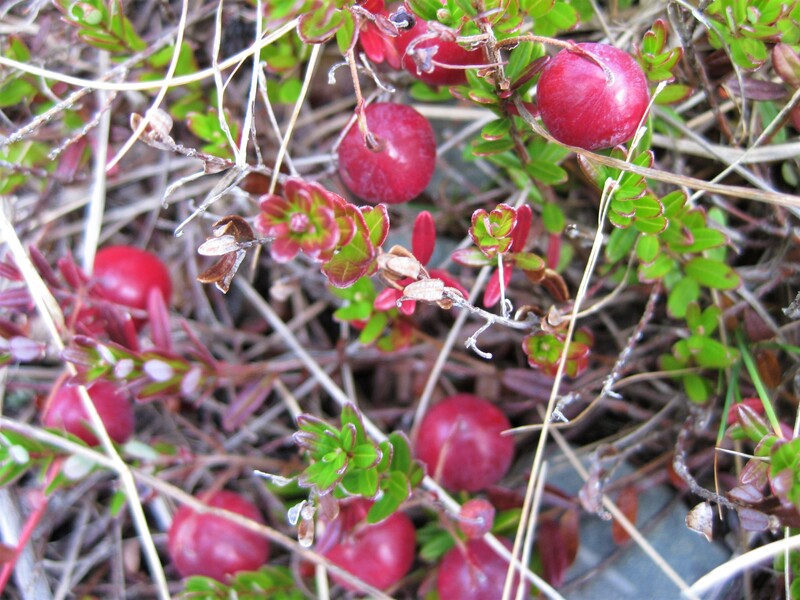"In all things of nature there is something of the marvelous."
-- Aristotle
-- Aristotle
NATIONAL NATIVE PLANT MONTH 2024
Members of the Board of Directors of the Herb Society of America, Inc. recently voted unanimously to join 213 organizations from all 50 States in support of a Resolution proclaiming April 2024 as National Native Plant Month. A statement of that Resolution was delivered to Senator Braun (IN) and Representative Neguse (CO).
The action was initiated by the Native Herb Conservation Committee and the Green Bridges Committee after being contacted by Nancy Linz, founder of National Native Plant Month.
During the month of April, we can join others to celebrate native plants by planting native trees, shrubs, perennials, vines and grasses, planning educational events, hosting webinars, removing non-native invasive plants so native plants can thrive, and restoring areas with native habitats to allow birds, bees, butterflies and all wildlife to flourish.
Since this is a Resolution and not a Law, this legislation is reintroduced each year. The Herb Society of America, Inc., on behalf of its members, will continue to join the effort in hopes that one day it will become Legislation and placed on the calendar.
Many thanks to the members of the HSA Board of Directors for their quick and unanimous support! You can find our name listed here: https://nationalnativeplantmonth.org
The action was initiated by the Native Herb Conservation Committee and the Green Bridges Committee after being contacted by Nancy Linz, founder of National Native Plant Month.
During the month of April, we can join others to celebrate native plants by planting native trees, shrubs, perennials, vines and grasses, planning educational events, hosting webinars, removing non-native invasive plants so native plants can thrive, and restoring areas with native habitats to allow birds, bees, butterflies and all wildlife to flourish.
Since this is a Resolution and not a Law, this legislation is reintroduced each year. The Herb Society of America, Inc., on behalf of its members, will continue to join the effort in hopes that one day it will become Legislation and placed on the calendar.
Many thanks to the members of the HSA Board of Directors for their quick and unanimous support! You can find our name listed here: https://nationalnativeplantmonth.org
Late Spring Blooming in North Carolina...
PHOTOS ABOVE - Left to right - all are spring blooming native plants!
1. Calycanthus floridus, Carolina allspice 2. Chamaelirium luteum, Fairy wand 3. Osmundastrum cinnamomeum, Cinnamon fern
4. Calendula officinalis, pot marigold 5. Allium schoenoprasum, Chives 6. Papaver rhoeas, red poppies
Photos courtesy Katherine Schlosser
1. Calycanthus floridus, Carolina allspice 2. Chamaelirium luteum, Fairy wand 3. Osmundastrum cinnamomeum, Cinnamon fern
4. Calendula officinalis, pot marigold 5. Allium schoenoprasum, Chives 6. Papaver rhoeas, red poppies
Photos courtesy Katherine Schlosser
|
|
Lobelia siphilitica, Great blue lobelia
This native (to Eastern U.S.) perennial lobelia will grow from 2 to 5 feet tall and adds bright color to a woodland garden. Showy lavender-to-deep blue flowers open in late summer, crowding the upper stems. It does re-seed, but not aggressively.
The name addresses earlier unsuccessful uses to treat syphilis. It was abandoned for that purpose, but the name remains and it appears in historic medicinal gardens. Cherokee, Iroquois, and Meskwaki used the plant in various other ways, including: - making a poultice of crushed leaves as a poultice to treat headaches - an infusion of roots was used to treat worms - an infusion of the leaves was given colds, fever, and rheumatism - the Iroquois used an infusion of leaves to ward off witches - Meskwaki offered chopped roots for couples to avoid divorce and renew their relationship - chopped and ground roots were put into food to end quarrels among couples and as a love medicine. Other than a sprinkle to keep witches away, there have been no culinary uses for this plant. It has earned its classification as a herb for its past medicinal uses. We do not recommend using this plant, or any others, without first consulting your physician, as many can interfere with other medications you may be taking. They may also have effects you are not expecting. This one may produce the following symptoms: nausea, vomiting, diarrhea, salivation, exhaustion and weakness, dilation of pupils, convulsions, and coma. It is a beautiful garden plant suitable in Sun, Part Sun, or Shade. It is not drought tolerant, so a little water in dry seasons will be helpful. It is known to attract birds, hummingbirds, bumblebees, and other native bees. Photos courtesy Katherine Schlosser |
ALERT: NEW USDA PLANT HARDINESS ZONE MAPS -
shift in local zone from 7a to 8b
Click on the buttons below to view National and State Maps
shift in local zone from 7a to 8b
Click on the buttons below to view National and State Maps
Herbs that are evergreen here....
|
|
PLANTS WITH A HISTORY:
1. Rose hips, Rosa rugosa. The hips are edible, and though it is not a native herb, it thrives here. This photo was taken along the coast. The hips have had a history of medicinal uses, and are still used to flavor jams, tea, and other such things. Make sure you know what you are harvesting, because there are lots of other red berries around.
2. Late purple aster, Symphyotricum species. Some native tribes had medicinal uses for parts of this plant. We love it for its beauty!
3. Cranberry, Vaccinium macrocarpon. This plant, photographed in the mountains of NC, is an evergreen that crawls along the ground, making it sometimes very difficult to spot. It does produce edible berries, but you will need to go a little further north to find them in quantities worthy of harvesting.
2. Late purple aster, Symphyotricum species. Some native tribes had medicinal uses for parts of this plant. We love it for its beauty!
3. Cranberry, Vaccinium macrocarpon. This plant, photographed in the mountains of NC, is an evergreen that crawls along the ground, making it sometimes very difficult to spot. It does produce edible berries, but you will need to go a little further north to find them in quantities worthy of harvesting.
|
|
|
We Would Love to Have You Visit!
|
|
LIMITED Permission to Use Materials
The right to download and store or output the materials on our website is granted for the user's personal educational use only. Materials are copyrighted may not be edited, reproduced, transmitted or displayed by any means mechanical or electronic without our express written permission. Users wishing to obtain permission to reprint or reproduce any materials appearing on this site may contact us using the Contact Form. If granted, we will email you a written permission for you to keep on file. We respond quickly to such requests. |
ASSOCIATION
The North Carolina Unit is a member of the Herb Society of America, Inc. Visit the national organization at www.herbsociety.org |








